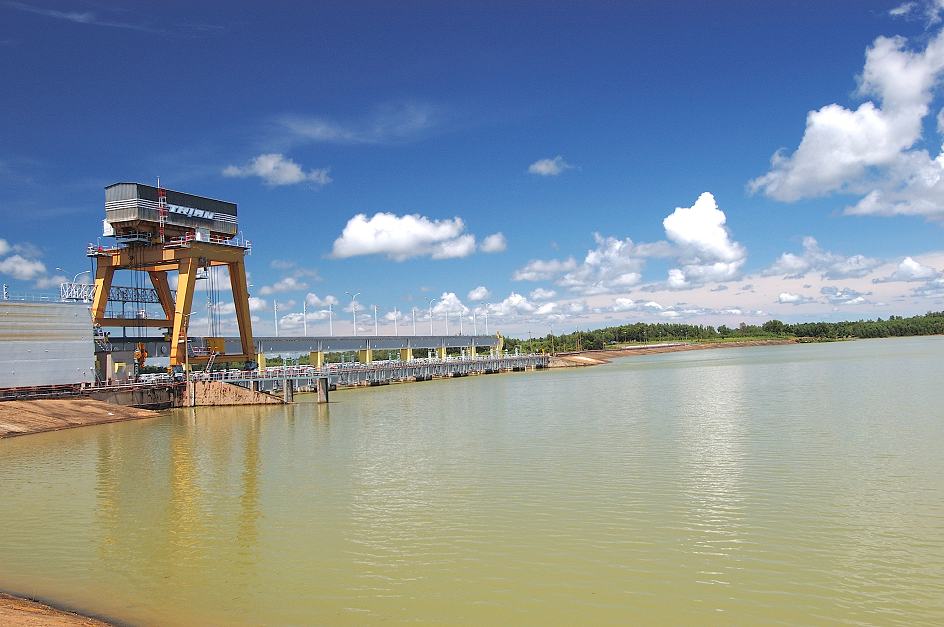- Local Vietnamese media has reported that the province of Dong Nai wants to develop eight solar power plants on Tri An Lake
- Total capacity of these projects proposed will be 5.4 GW and will come up on 7,100-hectare space on Tri An Lake
- A project with 1.5 GW capacity, two with 1 GW each and another 600 MW projects are part of the eight project proposal submitted to the MOIT for approval
The Vietnamese province of Dong Nai is contemplating setting up eight solar power plants with a cumulative capacity of 5.4 GW using 7,100-hectare water surface area on Tri An Lake across the districts of Vinh Cuu, Dinh Quan and Thong Nhat. According to local media, the People’s Committee of Dong Nai has sent the proposal to the federal Ministry of Industry and Trade (MOIT) for approval to be included in the National Electricity Development Plan 2025.
A manmade lake to store water for the 400 MW Tri An Hydro Power Plant, Tri An Lake caters to 70% of water demand in the southeast region of the country. Deploying floating solar would help tap the renewable energy potential of the region while also bringing down electricity losses and ease power shortages during peak time, reported media.
VnExpress International shared that some of these floating solar plants are proposed to be developed in the form of one project with 1.5 GW capacity, two projects with 1 GW each and one project with 600 MW.
Most of these projects will be larger than what is currently the largest solar power plant in the country, the 420 MW Dau Tieng 1 and 2 projects commissioned in June 2019 (see B.Grimm Commissions 677 MW Solar In Vietnam).
Driven by its attractive feed-in-tariff rates, Vietnam experienced a solar PV installation boom connecting 82 projects with more than 4.46 GW capacity till June 30, 2019 while Electricity of Vietnam is expecting another 630 MW to be grid connected by the end of 2019 (see Vietnam: Over 4 GW PV Grid Connected By June 2019).
VnExpress added that the registered capacity of solar power projects in the country has reached 25 GW which is way beyond the initial target of 4 GW of solar by 2025.












